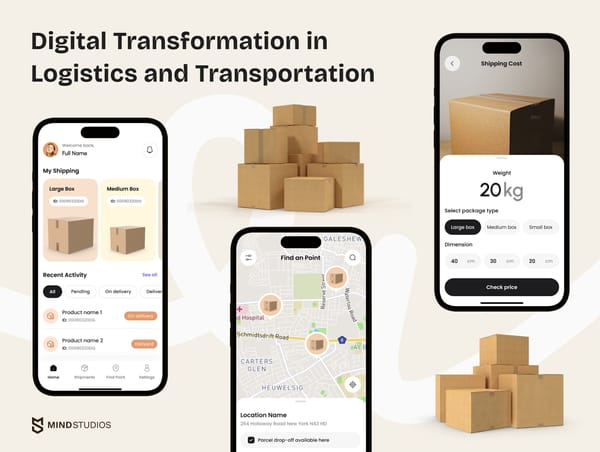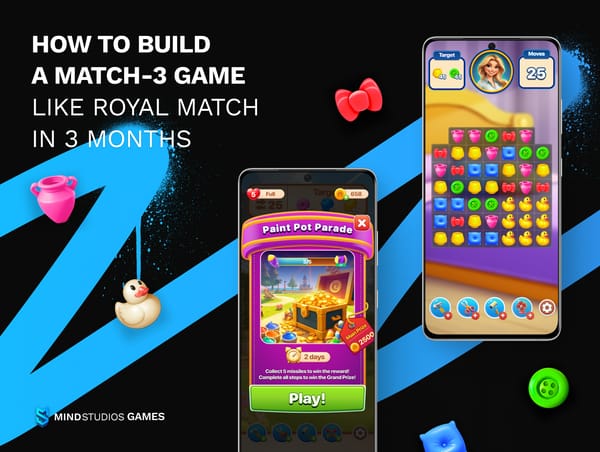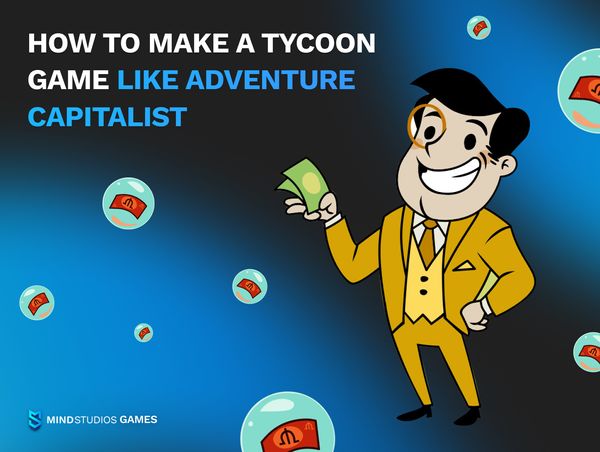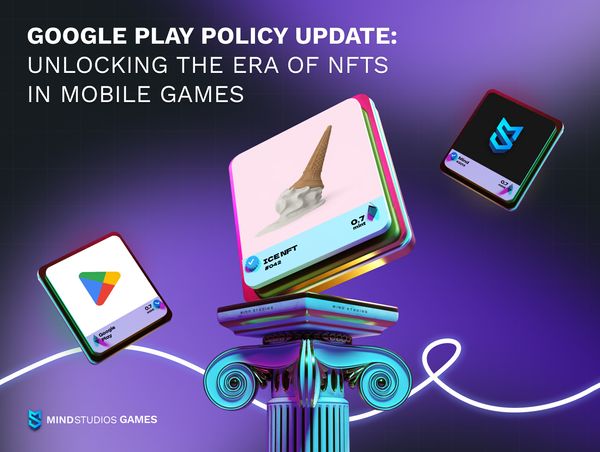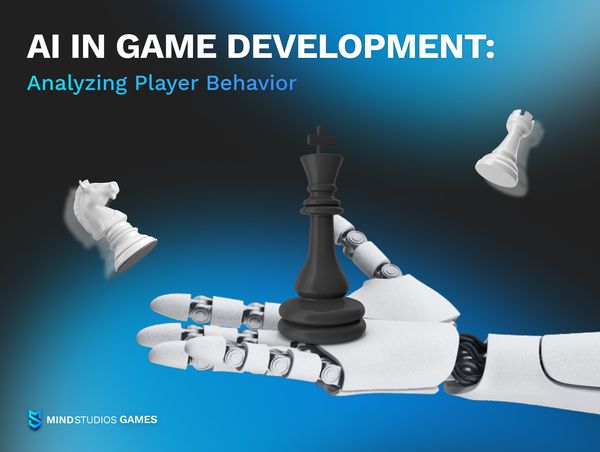If you’re a video game owner, you most likely know that visuals are at the front and center of video games, and 3D games these days sport never-before seen technological sophistication. That’s why 3D modeling for games has become a highly sought-after service.
Quality 3D models often become that very thing that catches the attention of players and holds it, increasing the game’s retention rate, player lifetime, and engagement.
We at Mind Studios are here to offer insights based on over two thousand 3D models we created throughout our years of work. And if you require services for 3D modeling for video games, you can get in touch with our consultants for advice and an estimate.
We've been building 3D games of varying complexities for a while already, and we know all about the secrets and requirements hiding behind a pretty three-dimensional picture. Not to toot our own horn, but our very first game, CyberHero, boasts quite stunning 3D models that we’ve been refining and updating throughout the years. Check out the 3D models examples from there below 👇🏻
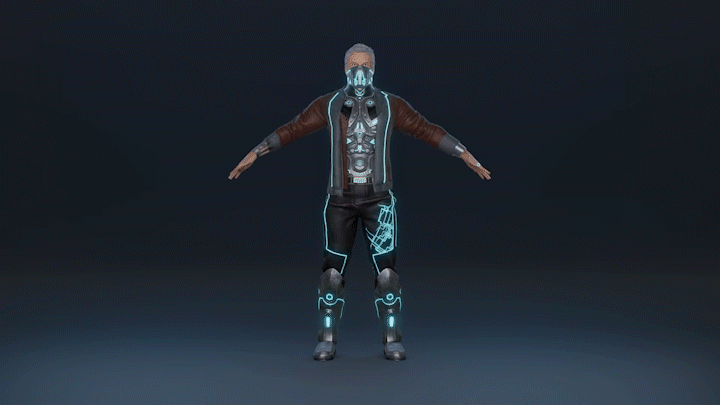
After that, we shipped a number of 3D games with models of varying complexities.
In our My Shop series of games, the models are simplistic at a glance, but we worked hard to make them unique and recognizable. Our Beetle Riders title is a cartoonish 3D game where we focused on cute models younger players will like.
Read further to discover all the basics and best practices of 3D modeling for games that we have gathered while developing all above-mentioned games.
Key concepts in 3D modeling for games
3D modeling is a combination of technology and art and, therefore, can be quite difficult to tackle. There are lots of things to keep in mind, from figuring out the basic concepts to understanding the complexity requirements of models created for a certain platform.
Before we start digging deep, let's explore the basics of how to make 3D models for games. Understanding the key concepts can help you communicate your needs with accuracy and generally be on the same page with 3D artists. Heads-up, the following text is a bit heavy with 3D artists’ lingo 😅
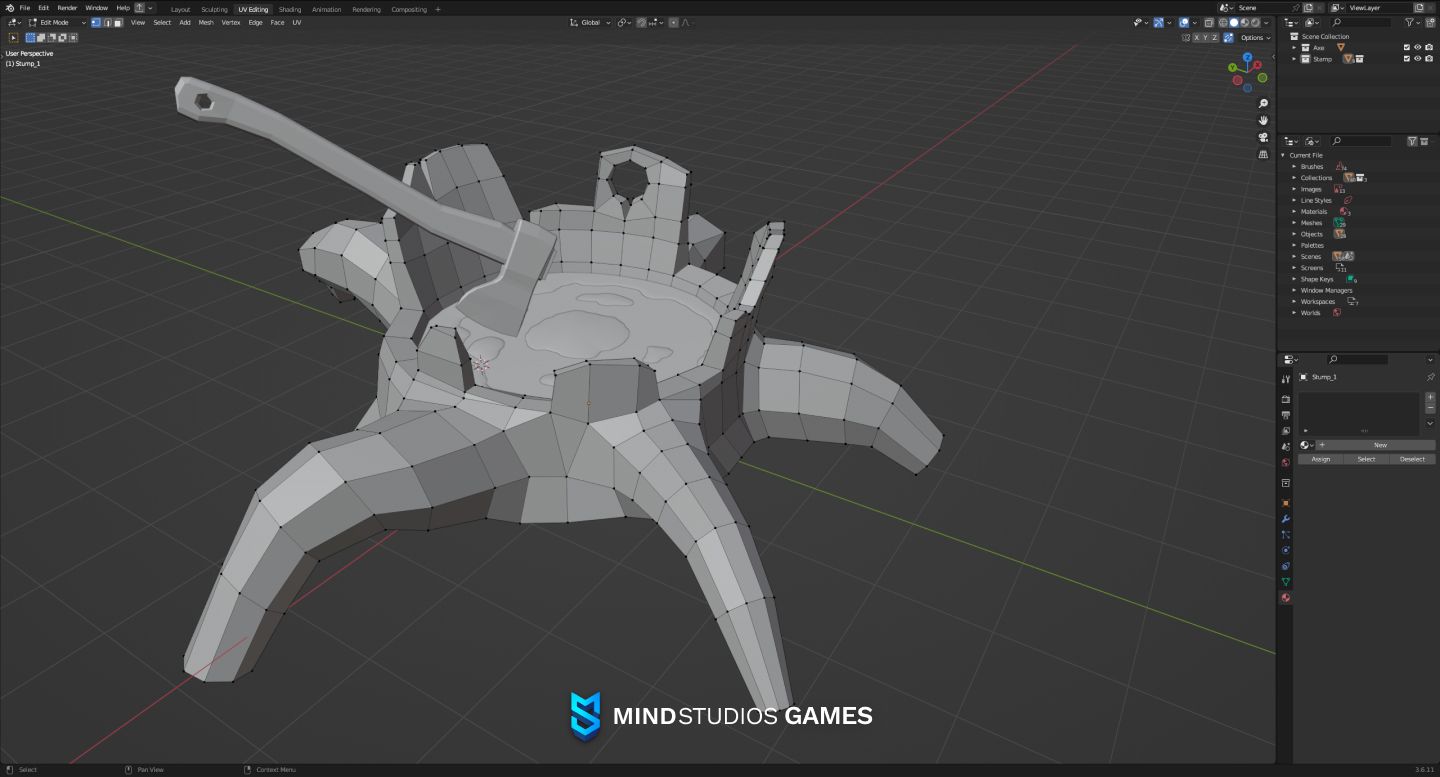
Video games industry usually works with polygonal 3D models, also known as meshes. When we're talking about 3D modeling for video games, specifically, the polygons usually have three (tris) or four sides (quads). Such models also come in high resolution, which means higher density — and therefore level of details — of a mesh.
Polygons are created using faces, edges, and vertices.
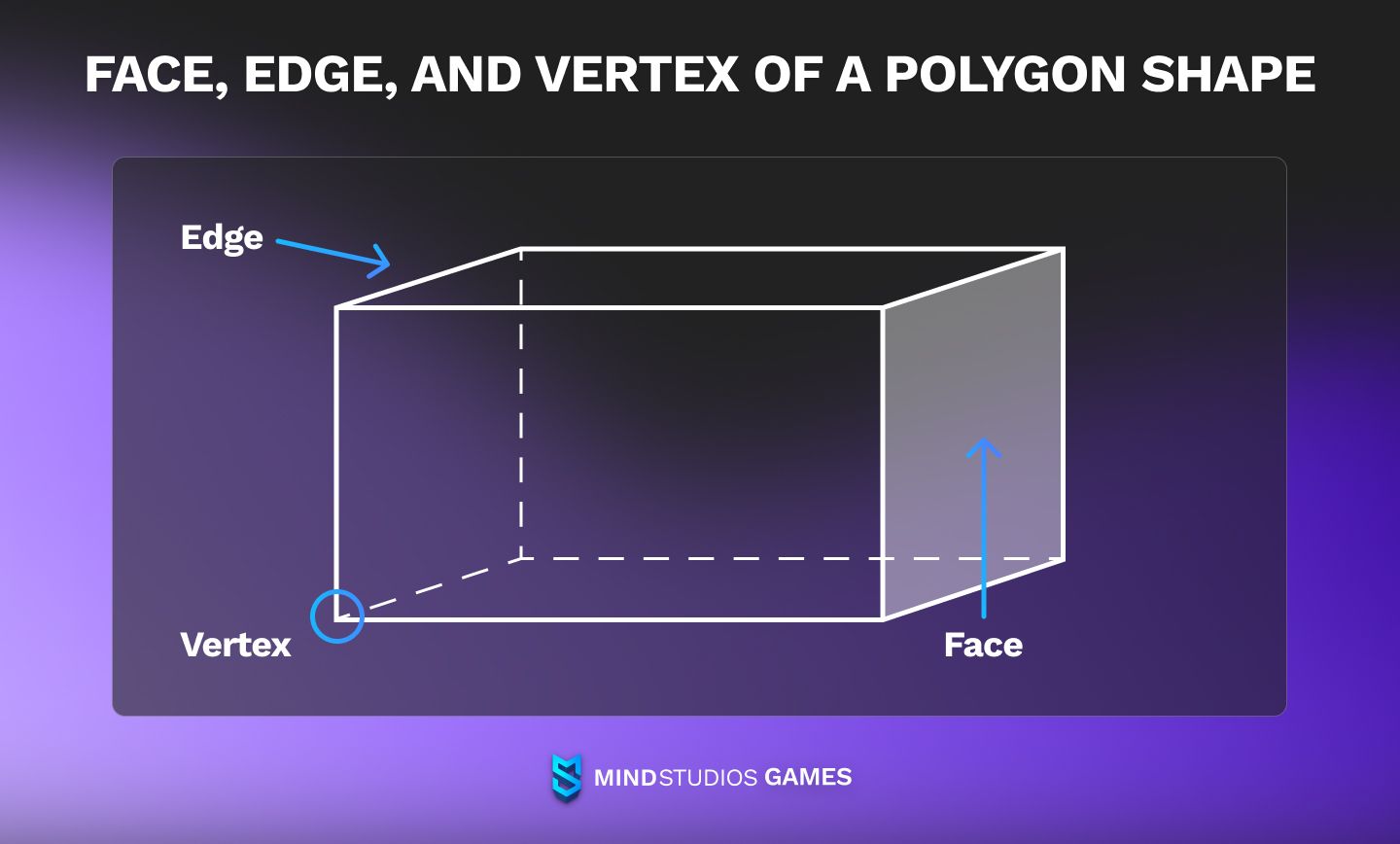
- Vertices are the points in 3D space that denote length, height, and depth (or X, Y, and Z points) on a screen.
- Edges connect the vertices and form the model's shape.
- Faces are the areas within the edges and multiple connected vertices. They basically form the surface of a 3D model.
Still, at this point, the shaped mesh isn't actually visible. To grant it a visual appearance, you need to add textures and shaders.
Textures are two-dimensional images that artists put on a model's surface to give the mesh a certain look and feel. For instance, this could be a simple-colored texture or something more advanced, imitating rust, grass, etc.
Shaders, on the other hand, are instructions that an artist applies to a model. These instructions help the computer figure out how the mesh's surface interacts with light and display it accordingly.
Textures and shaders are used for models of various complexity, and alone don't guarantee that a mesh would be overly detailed or realistic. In the end, its appearance will depend only on the type of textures and shaders an artist chooses.
Now that you are equipped with the basic knowledge, let's move on to the process of game modeling.
Types of 3D modeling services for games you can outsource
When laypeople talk about 3D models in video games, they usually imply characters — playable and non-playable (NPCs). Of course, in a quality 3D game, there are a lot more things that will require creating 3D models. And it’s not unheard of for 3D artists to specialize in a certain type. Hence, you can outsource 3D models for your game to different artists for the best results.
Here are the different types of 3D models used in video games:
| 3D modeling of characters | As mentioned above, that’s the first thing that comes to mind when game 3D modeling is mentioned. It’s also arguably the most complex type of modeling, as characters — be it humanoid creatures, animals, or anything else — require the most details, careful animation, and often intricate facial expressions. |
| 3D modeling of weapons | Throughout human history, we’ve seen so many different weapons that it wouldn’t be much of a surprise to see artists specialize in a particular type. Firearms, swords, missiles, projectiles, bows and arrows, knives of all shapes and sizes, drones — the list of real and fictional weapons can go on for pages. Weapon modeling requires considerable attention to detail as well as a certain knowledge of physics and mechanics. |
| 3D modeling of props | Props are those tiny details that players may not actively notice when they’re there and are good, but if they’re missing or aren’t very well-made, the whole gaming experience might be ruined. Furniture in a room, a bus stop to hide from the rain, or boxes to cover behind when shooting at enemies — props add to the game’s immersion. |
| 3D modeling of vehicles | Right there behind weapons modeling come vehicles. In some cases, they’re one and the same — like fighter jets, armored combat vehicles, and missile launcher ships. Vehicle modeling also requires substantial knowledge of mechanics and focus on detail. |
| 3D modeling of environment | 3D environment modeling is a large section of 3D art as it includes both architecture and natural environment like forests and mountains. Creating an intricate and richly fleshed out environment might not be necessary in all kinds of games, but where it is, it requires a lot of time and effort from artists. |
Best practices in 3D game modeling
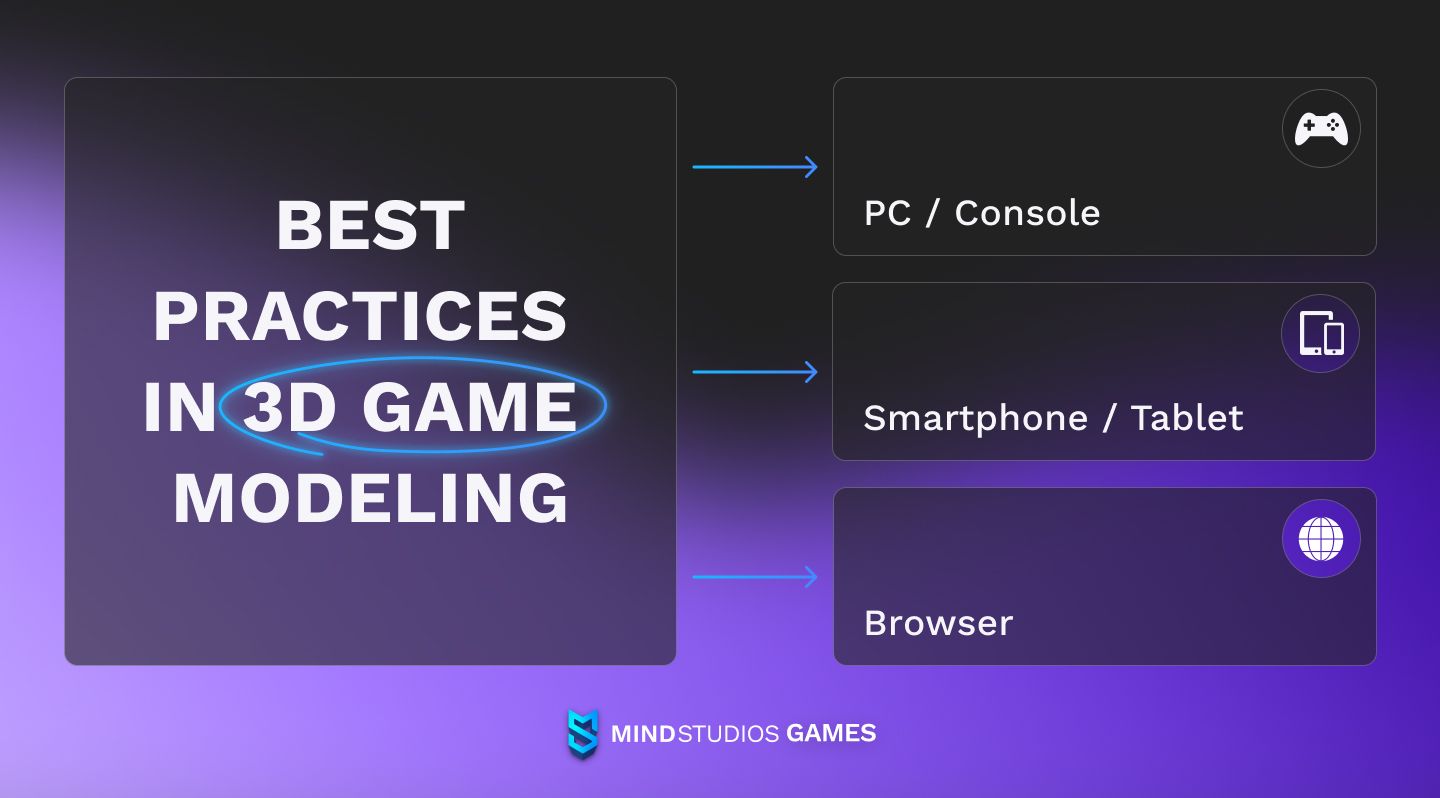
How to create 3D models for games so they would be efficient and appealing? Well, it all depends on the end platform.
PCs and consoles
If you want to create games that run on computers and consoles, from Nintendo Switch to PlayStation, you probably have the most freedom when it comes to 3D modeling for game development. Such platforms are very powerful and can easily support even the most complex models with detailed textures, advanced shading, and lighting.
What's more — the technical capacity of these platforms allows 3D artists to utilize the latest modeling techniques, such as tessellation. The file size of the models can also be quite big, as computers and consoles have enough storage.
Mobile devices
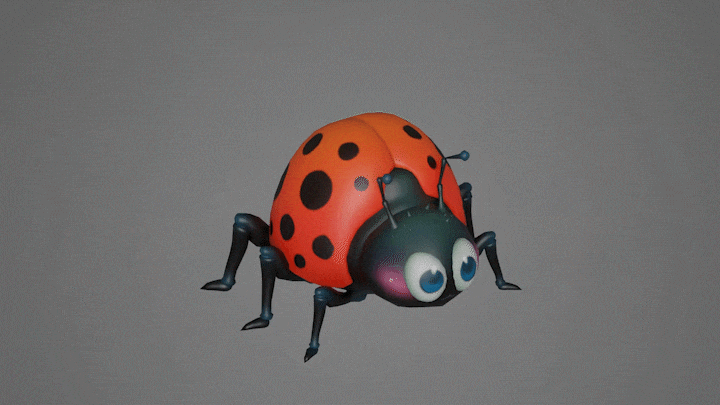
Mobile devices are more compact and, in most cases, less powerful than computers and consoles. On one hand, this means that mobile games are generally cheaper to build. On the other hand, such games — and the models artists create for them — have their limitations.
When you design 3D models for games on mobile, you need to opt for simpler textures, lower polygon counts, and more efficient use of shaders. The meshes can look less detailed and simpler overall, as the screen size of mobile devices is generally smaller than that of PC monitors and TVs.
However, this, too, depends on the game — for instance, PC-based League of Legends and its mobile adaptation Wild Rift have more or less the same level of detail. The same can be said about the well-known Genshin Impact, which looks identical across all platforms (mobile devices, PCs, and consoles).
“Current-day mobile devices are powerful enough for artists to not get hung up on polygon counts as much as we used to. It’s more efficient to optimize textures and shaders. Get the most out of color palette textures, texture atlases, tile textures, and vertex paint, and minimize the number of unique textures.”
— Andriy Koval, Lead 3D artist at Mind Studios Games
Web browsers
Among all the options listed in this section, web browsers are the least advanced one. Browser-based games have even more limitations than mobile ones, as a lot here depends on the performance of your browser and the internet speed.
That's why 3D modeling in game development for browsers has its own nuances. These are: achieving compatibility with web graphic libraries (WebGL and others), using low- or medium-polygon models that load faster, and utilizing smaller texture files for texturing as this leads to reduced bandwidth usage.
However, these are the basic rules. To discover more in-depth mobile optimization tips, move on to the next section.
Optimizing 3D game models for mobile devices
If you’re looking for some practical tips to help your video game 3D models perform better on mobile devices, we might disappoint you. Unfortunately, there is no quick and easy way.
However, by simply paying attention to the following three areas, you can improve the models' performance on mobile.
Polycount
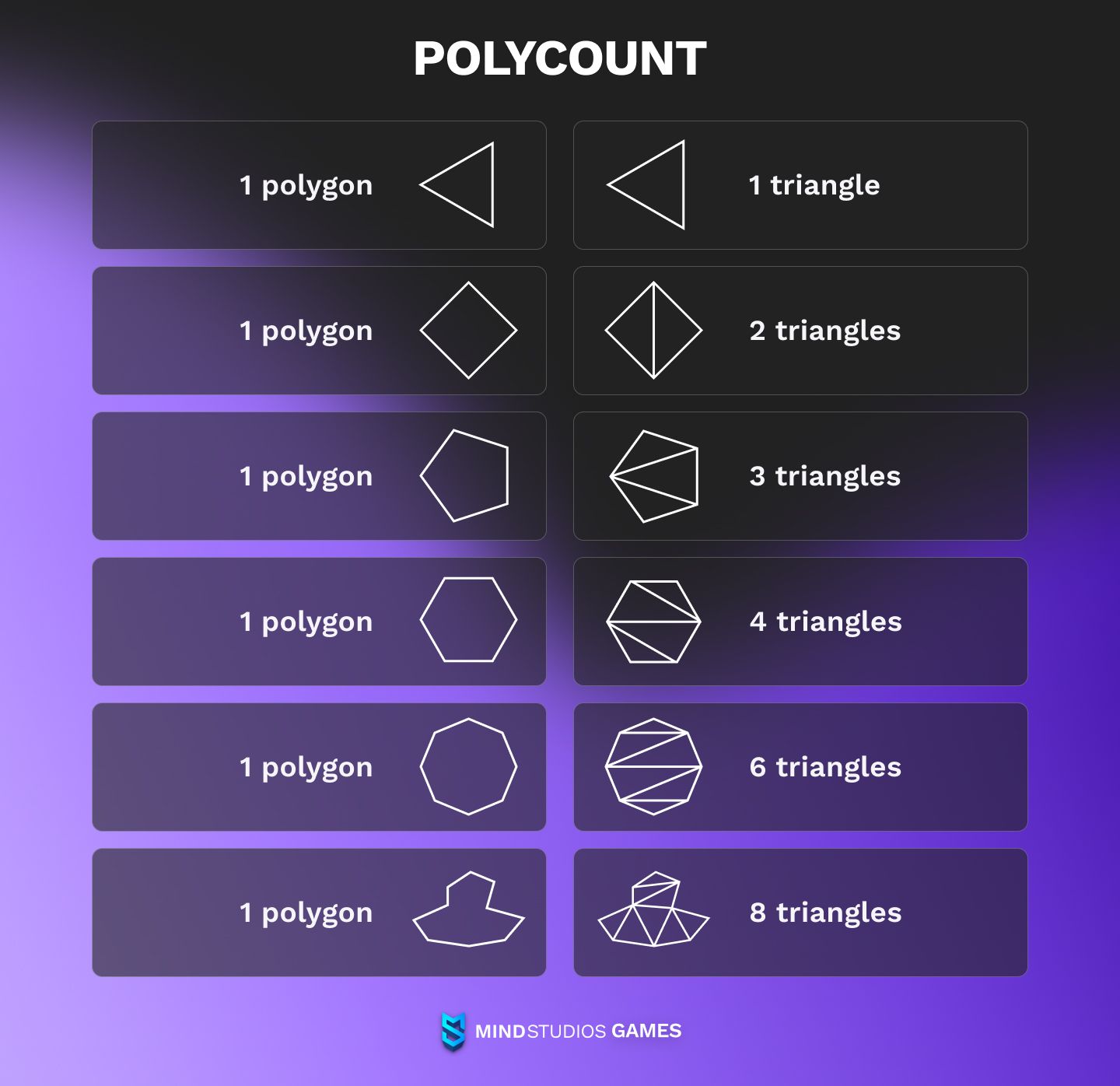
Polycount is the number of polygons in a 3D model. For mobile games, the best option is to use as few polygons as possible while still maintaining the overall good look. A rule of thumb here is to opt for triangles as main shapes and add textures to create smaller details.
Note that there is no such thing as a perfect polycount. In the end, it all depends on factors like the type of game and the device it's played on. You can experiment and test different polycounts to find what works best for your game.
If you're creating a model from scratch, you can initially plan ahead so it would have the right amount of polygons. And if you work with existing models, you can reduce the polycount in two ways — by using automated tools like Meshlab or Blender for static models or manually with programs like zBrush or 3DCoat for animated models.
Optimizing materials and textures
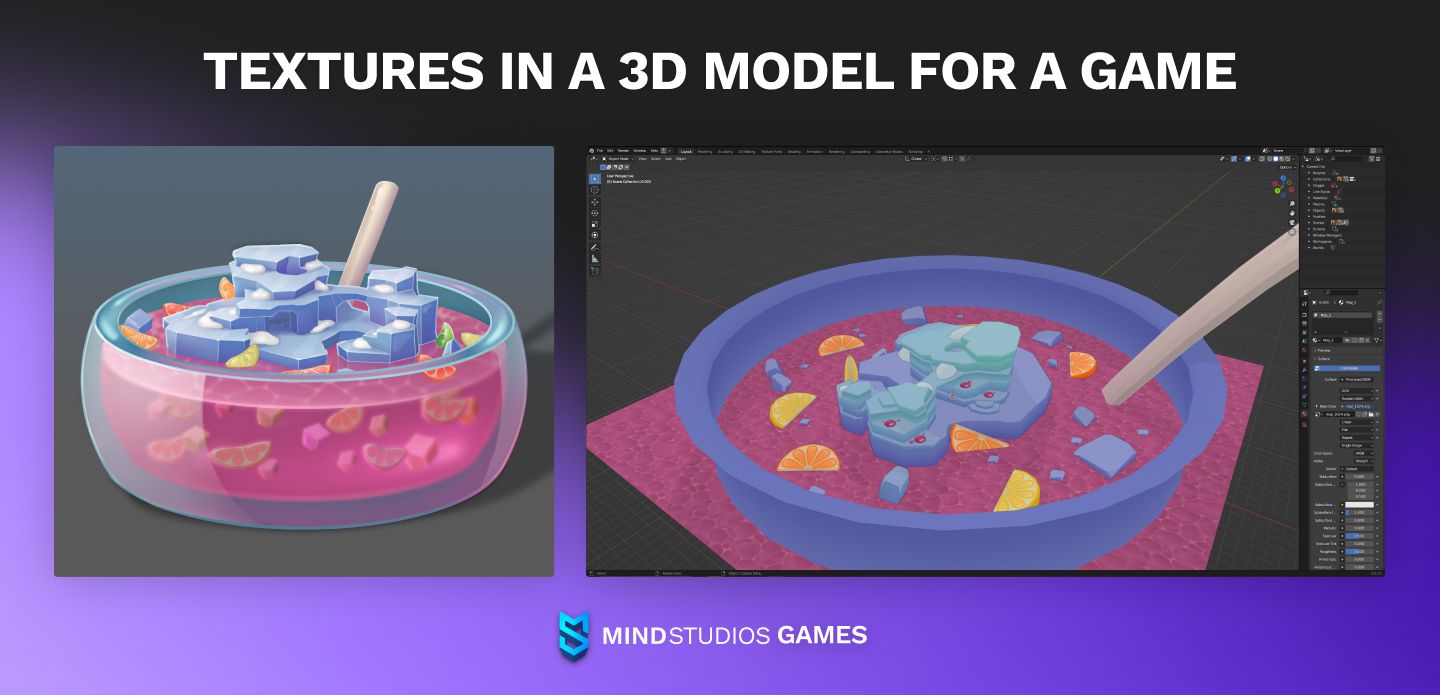
With them, you need to reduce the number of drawcalls — basically, they are like batches of work for your computer. Why does it matter? Because of the materials and textures your models use.
If your game is supposed to have lots of models with different materials, this will result in more drawcalls, and, in turn, the slower performance. Instead, you need to opt for all these models to display within one and the same draw call.
You can achieve this by using the same material for models that look similar, and combining their textures into one big image — a so-called Texture Atlas. This can be done with the help of tools like TexturePacker, libGDX's packer, or Unity3D's Sprite Packer.
Optimizing animations
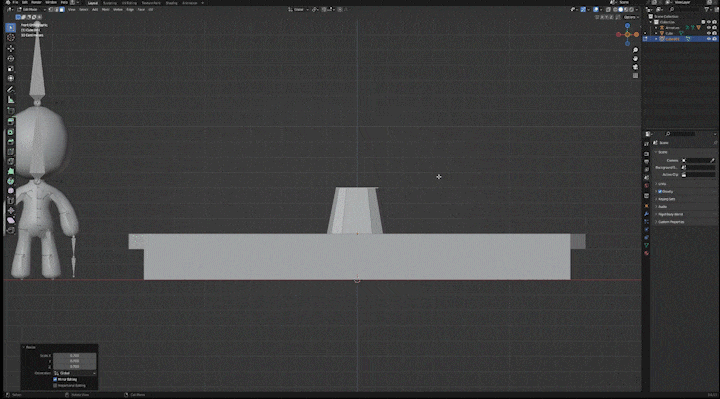
As we've already mentioned, automation fixes don't combine with animations. They also don't work with skeleton rigs, so manual optimization it is. Here's how you can achieve it:
- Use as few bones as possible and remove all the unnecessary ones from your rig;
- Refrain from mixing several meshes in one rig;
- Pay attention to the keyframes — use only the keyframe bones that will move (this helps stick to the smaller animation file size);
- Bake down your animation before exporting it to the game engine.
One other piece of advice our 3D modeling specialists offer is this:
“If an object or part of an object is not visible and doesn’t affect the model’s shape or size — remove it. If your model’s blocking takes longer than an hour, then it’s bad blocking. It should take 30 to 60 min, depending on game style and particular reference.”
This might seem like a lot to keep in mind, but a professional 3D artist knows all this by heart and will be able to offer well-optimized models without issues. At Mind Studios Games, we have exactly those kinds of professional artists, so if you’re looking for a partner to outsource your game’s 3D models to — get in touch with us, we can help.
Integration with game engines
An essential step of any 3D modeling workflow for games is the integration of such models into game engines. This process usually consists of five steps:
| 1. Ensuring that your 3D models are ready for integration: they have the right size and file format (such as FBX or OBJ) and are organized properly (if they consist of several parts). |
| 2. Integrating them into the game engine of choice. We work with Unity, but most of the existing game engines support multiple file formats. Once a model is imported, you'll be able to see it in the asset library or scene hierarchy of the engine. |
| 3. Assigning materials to give your models the desired appearance: textures, shaders, and lighting. This is done within the engine with the help of built-in tools. |
| 4. Rigging and animating your models if they are designed to move. To do this, you need to create a skeleton (also known as a rig) for a model and define its animations for the desired actions (for example, running, jumping, or attacking). This is also done within the engine. |
| 5. Integrating the models into the game environment. At this final stage, you place your models within the game world, adjust their position, and set up all the interactions they might have with other game elements or characters. |
After all the above is done, your model is successfully integrated. However, the work doesn't end here — you also need to test it to ensure that it performs as expected. Testing is an essential part of any development process, and while it could be tedious, it maximizes your chances of spotting all the bugs and issues and fixing them before the game gets to customers.
Even after all the testing iterations are successfully complete, you might need to fine-tune some details. Usually, at this point this is done when the game is already released, so don't forget to look out for the players' feedback.
3D modeling with Mind Studios Games
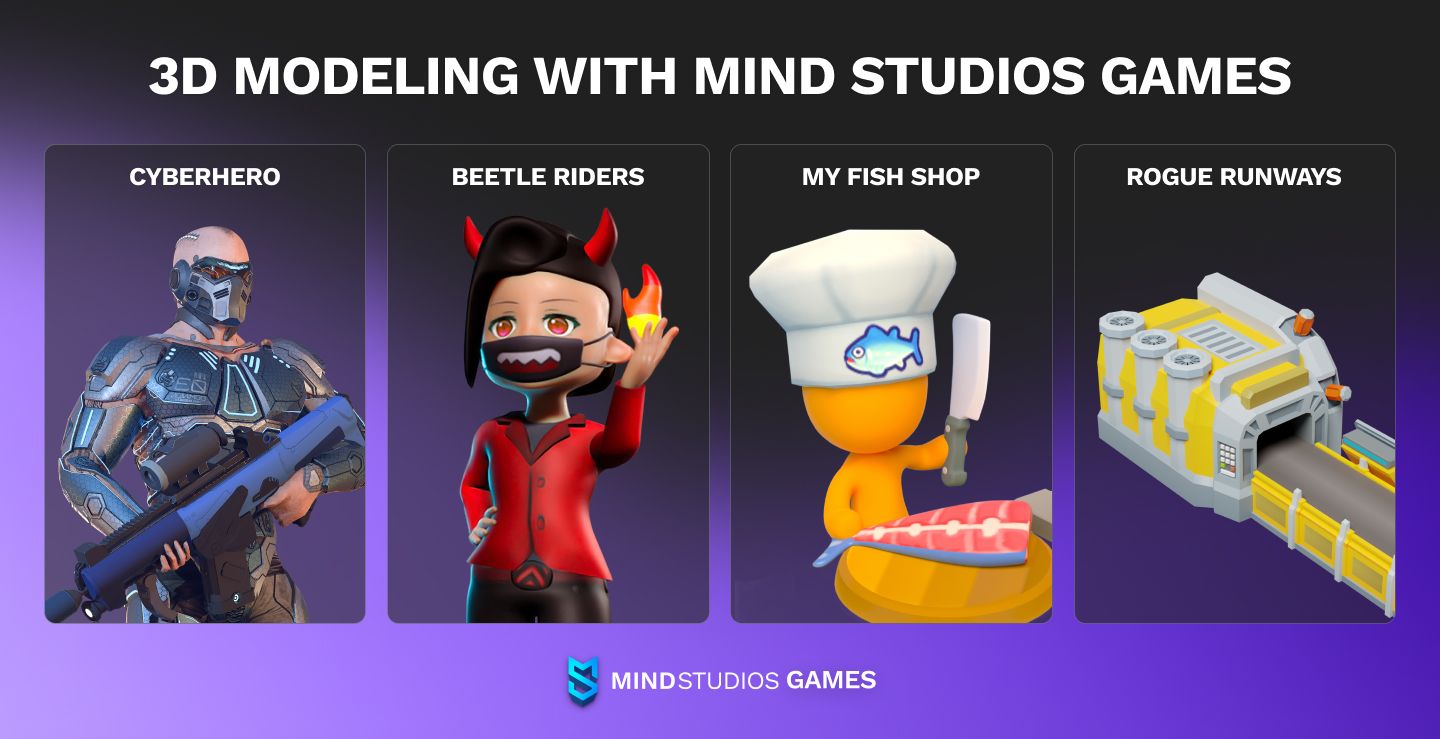
At Mind Studios Games, we’ve built a number of games with 3D models, and of varying complexity. We have simplistic stickmen in My Fish Mart and Island Survivor, cartoonish 3D models in Beetle Riders, and semi-realistic human models in our third-person shooter CyberHero (by the way, it used to be first-person at the very beginning). One of our current WIP projects is a 3D idle simulation centered around planes. That’s just how versatile our 3D artists and animators are.
In the year that we’ve been updating and expanding My Fish Shop, for example, the number of 3D models our artists created reached ❗️1,500❗️ This included characters, objects, props, and skins. Only about 400 of them are currently in the game project.
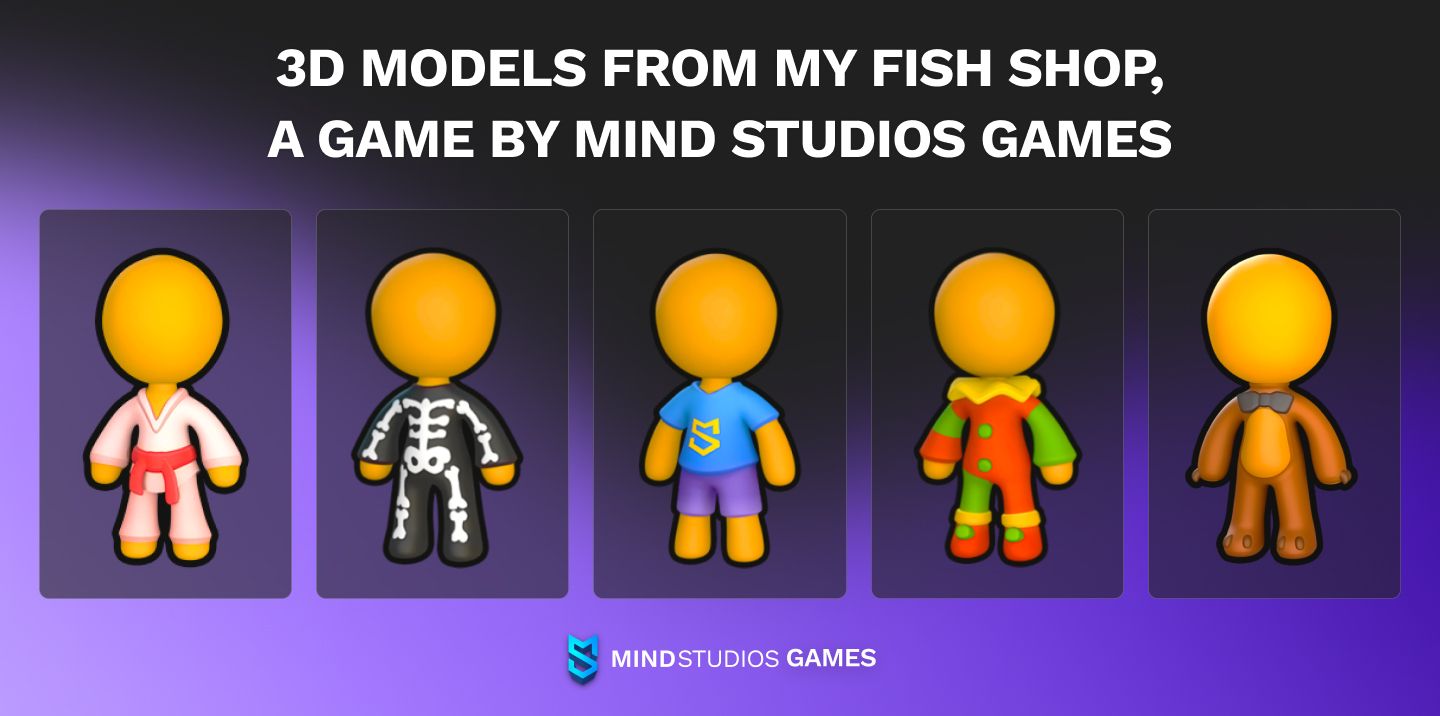
Of course, we don’t consider that to be time wasted: thanks to these “back-up” models, when we create a new game similar in style — our My Candy Shop and My Craft Mart — we can adapt them easily. This lessens the load on the team and allows us to focus more on things like level design.
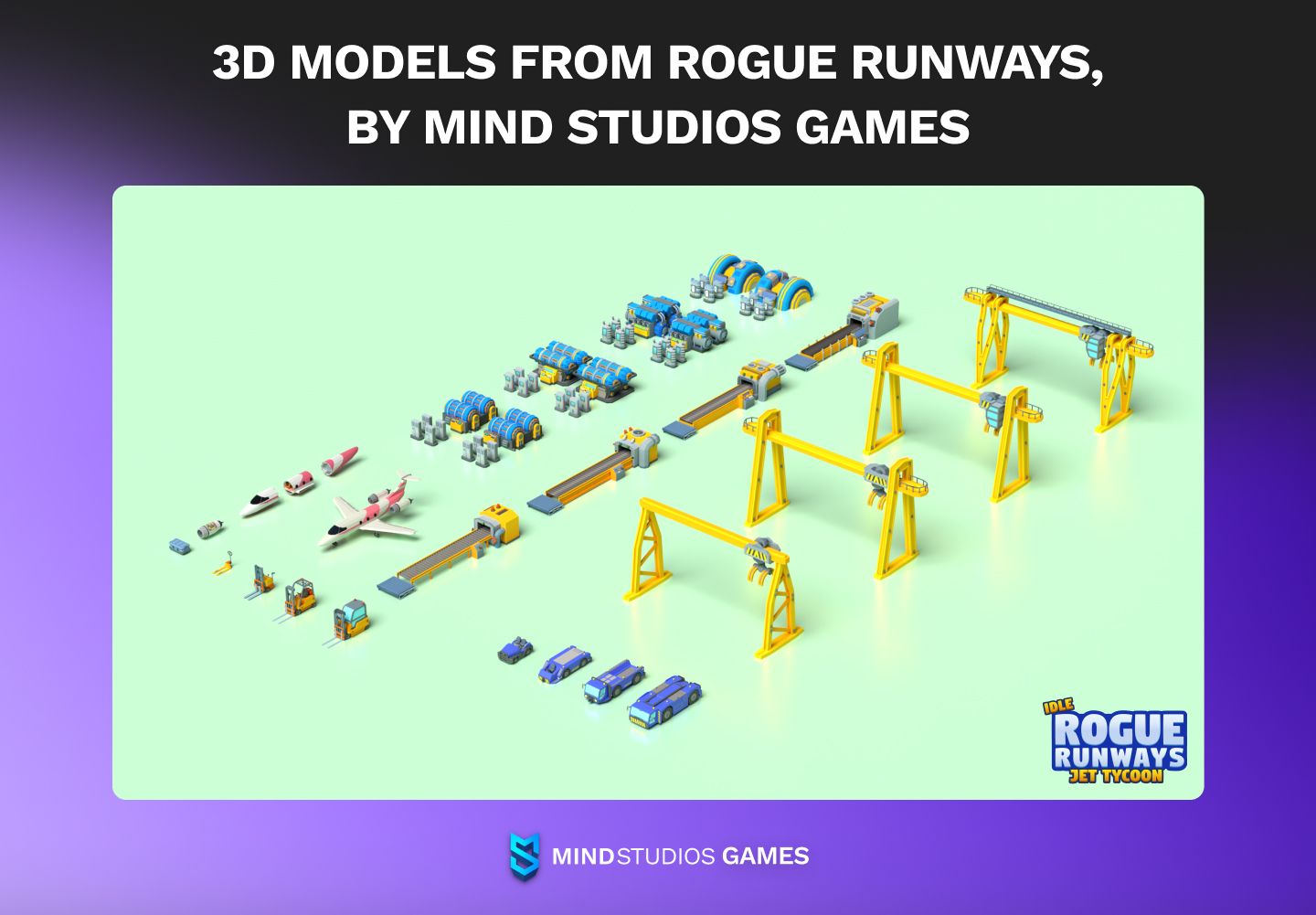
If you’re looking for a team to entrust your game’s 3D modeling job, get in touch with us and see if we can pull off your idea. (We can!)
Conclusion
Now you know how to create 3D models for games that look good and perform well. Understanding the development nuances for each platform and working with the best software on the market can help you design and build a game with fewer struggles. In the world of mobile game development, 3D modeling and video game animations are inseparable elements that together create a captivating and engaging player experience.
But if you are looking for an experienced and reliable partner along the way, we at Mind Studios Games are here to help you. Contact us to see how much simpler and more efficient game development can be with our help!


